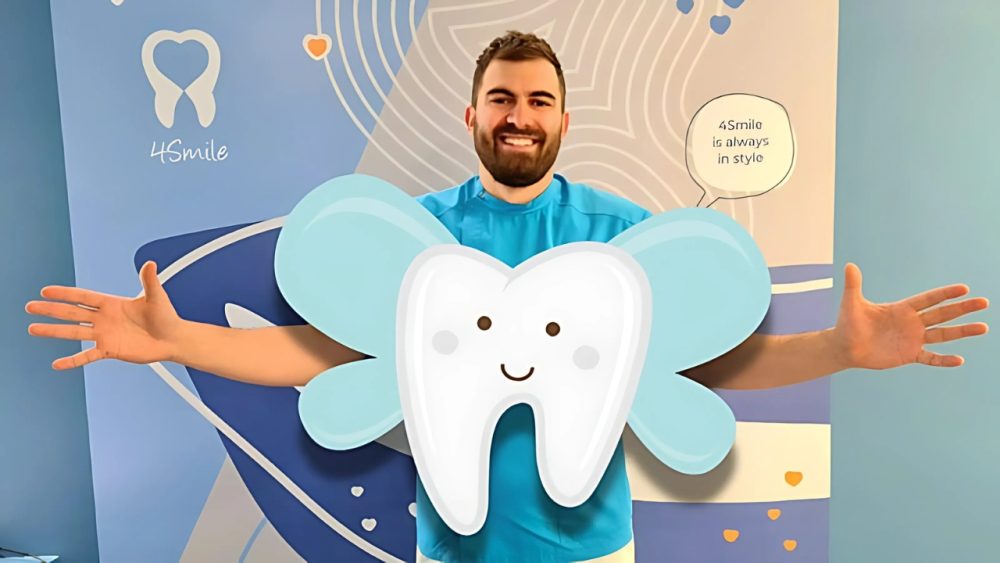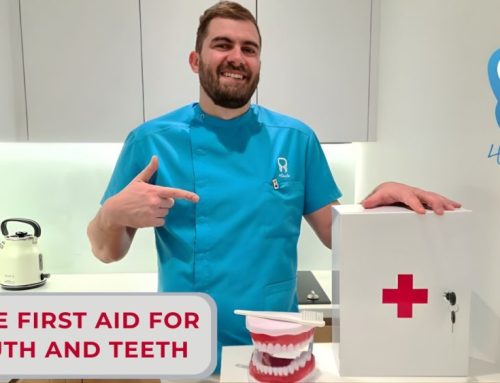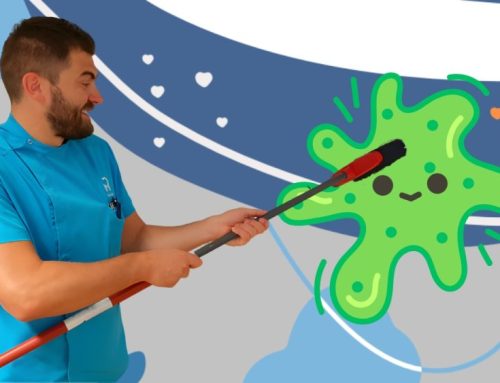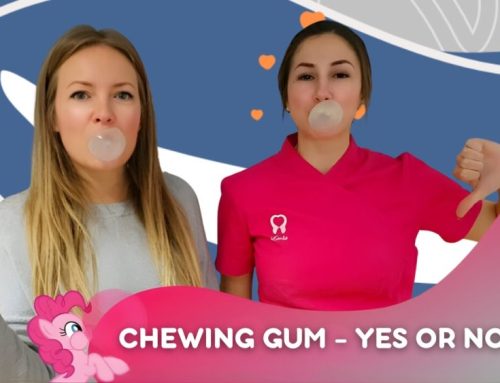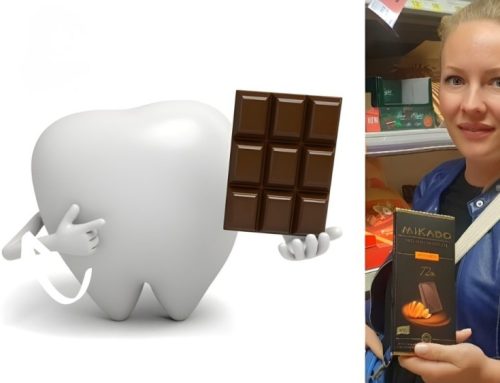Losing baby teeth in childhood was a grand event – it meant the Tooth Fairy was on her way to leave money under your pillow.
But losing permanent teeth as an adult? Well, that’s not so much fun (and unfortunately, no Tooth Fairy comes to your house).
As adults, we typically have 28 to 32 permanent teeth, and even losing one tooth can affect our eating, health, and even confidence.
The goal of modern dentistry is to restore patients’ normal function, comfort, aesthetics, speech, and health, regardless of any disease, injury, or atrophy present in the oral environment.
Modern dentistry has provided the best permanent solution for tooth loss, which is the dental implant.
However, let’s repeat:
What happens if you lose, for example, one of your front teeth and decide to get a dental implant? We’ve mentioned several times already that it takes 6 months for a dental implant in the upper jaw to osseointegrate. Does that mean you have to be without a tooth for 6 months?!
Of course not.
In cases where the patient has sufficient bone, a dental implant with immediate loading can be placed.
In cases where that’s not possible, temporary solutions are used, such as removable partial denture (RPD) or temporary inlay dental bridge without tooth preparation.
- In a previous blog from Dental Center 4Smile, we mentioned a temporary solution for the loss of a single tooth, the so-called “flipper.”
- In this week’s blog from Dental Center 4Smile, as we announced, you’ll learn why dentist Ivan Antolković most often uses the inlay plastic bridge without tooth grinding as a temporary solution for replacing a single tooth.
What is a dental bridge?
Essentially, a dental bridge is a prosthetic replacement for lost teeth. Surrounding teeth are used as anchors to provide stability to the entire structure. Between them, we have artificial teeth, and when we talk about a ceramic dental bridge, these are ceramic crowns. However, for temporary solutions, more affordable materials like plastic are used.
What is a temporary inlay bridge?
A temporary inlay bridge, or inlay plastic bridge without tooth preparation, is used as a temporary solution to replace a single tooth, usually in the aesthetic front part of the jaw. Dentist Ivan Antolković in Zagreb, Europe uses it as a temporary solution during implantology treatments.
Why is the temporary inlay bridge better than a flipper, i.e., a removable partial acrylic denture?
The temporary inlay bridge has several advantages. First of all, unlike a removable partial denture, the temporary inlay bridge is a fixed solution. It requires very little adjustment and is very easy to place. It is a conservative method of replacing missing teeth, meaning that no healthy tooth structure needs to be removed. The rough surface of the surrounding teeth is simply polished, and composite resin cement is used to bond it to the surrounding teeth.
The temporary inlay bridge consists of a temporary plastic tooth and two wings. The wings act like a frame and have small gaps where the cement enters. The liquid composite cement bonds to the polished enamel surface, so no preparation of the adjacent teeth is necessary.
In the case of sudden tooth loss, at Dental Center 4Smile in Europe, Croatia, you can get a temporary tooth in one visit while waiting for a permanent solution, which is a complete dental implant.
